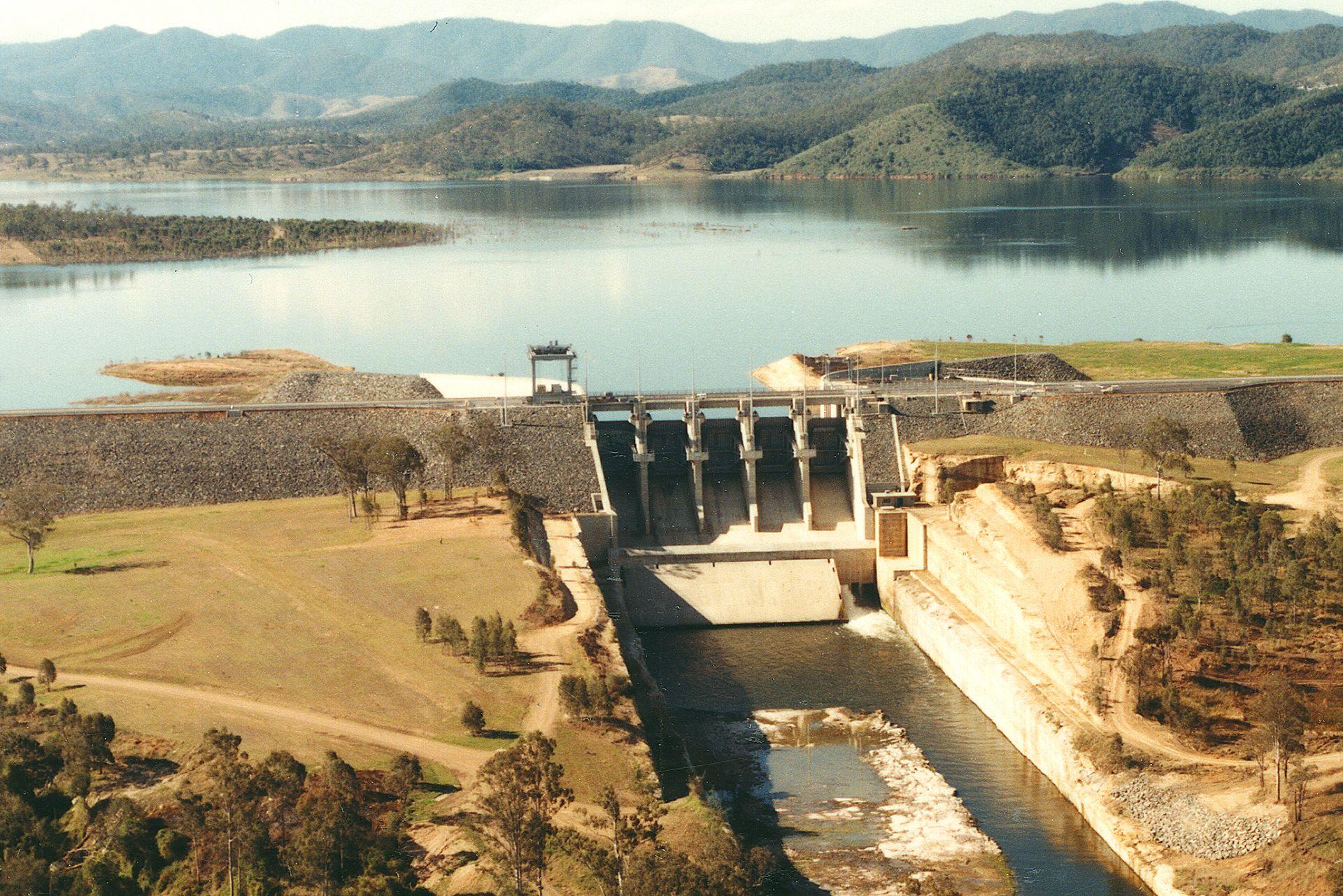Understanding Wivenhoe Dam: Levels and Impact in QLD

Located less than 100 kilometres from Brisbane in the state of Queensland, the Wivenhoe Dam and Power Station belong to the Wivenhoe Scheme, whose aim was to create a reservoir to manage the supply of water to the region, mitigate the risk of flooding, and produce electricity. The dam is the largest water storage in the state’s southeast, acting as the main supply of water for Brisbane and the greater Ipswich area. It holds double the water capacity of Sydney Harbour.
The Wivenhoe Scheme involved the construction of the dam and the power station of the same name, as well as a second, smaller dam called Split Yard Creek Dam. The power station, technically known as a pumped-storage scheme, would be located between the two dams, with Split Yard Creek at the upper level and Wivenhoe at the lower.
The Wivenhoe Dam was built on the Brisbane River, about 80 kilometres from Brisbane. It was officially opened on October 18, 1985.
The contract to build the Wivenhoe Power Station was awarded in 1978, with possession of the site occurring a year later. It was delivered on Nov. 16, 1983, with the power station’s Unit No. 1 beginning commercial operation on June 18, 1984 and Unit No. 2 on August 27, 1984.
Gallery
Wivenhoe Dam and Power Station, Australia | Webuild
The Benefits of the Project
The Wivenhoe Dam can store just over 1.0 million megalitres of drinking water. It helps mitigate the risk of flooding downstream by being able to hold back temporarily almost 2.0 million megalitres of flood waters before releasing them in a controlled way to help.
With the Split Yard Creek Dam able to hold 28,700 megalitres, the Wivenhoe Power Station is acts as a large rechargeable battery, able to generate electricity at a moment’s notice. It has the capacity to support up to 10 hours of continuous power generation.
The Wivenhoe Dam and Power Station Project Details
Webuild predecessor Cogefar S.p.A. and partner Codelfa belonged to the consortium that built the Wivenhoe Dam and Power Station.
The Wivenhoe Dam is an earth-fill embankment dam with a concrete spillway. It is 59 metres high and 2,300 metres long. It is a gated dam, with five steel gates controlling the release of water downstream. The gates are among the largest of their kind in the world. It took 4.0 million cubic metres of earth and rock fill and 140,000 cubic metres of concrete to build the dam.
The Wivenhoe Hydroelectric Power Station is mostly underground. It is connected to the Wivenhoe Dam by an open intake channel. As for the upper Split Yard Creek Dam, it is connected by two underground steel and concrete-lined tunnels that are 420 metres long and varying from 6.8 to 8.5 metres in diameter. Its two 250 MW Francis units gave it a production capacity of 500 MW when it started commercial operation.
It was designed to be a multi-purpose power generation and water pumping facility with four main operations: peak load generation when demand for electricity is high but supply is low across the power grid; off-peak pumping when low demand makes it cheap to transfer water from the lower Wivenhoe Dam to the upper Split Yard Creek Dam; spinning reserve, so it can provide an immediate back-up to coal-fired plants when a power system failure occurs; and, lastly, automatic start-up when a power failure occurs without warning.
Wivenhoe Dam and Power Station Project: Innovation and Technologies
The Wivenhoe Hydro Power Station is Queensland’s first pumped-storage scheme.
When it came into operation, its pioneering technology was to allow the power station to be controlled remotely from Brisbane. It could be switched on automatically in less than 20 seconds in case of an emergency such as a failure in the power grid.
Its centrifugal pumps were the largest in the world at the time of installation, each weighing 1,500 tonnes. Pump capacity was 207 cubic metres per second.